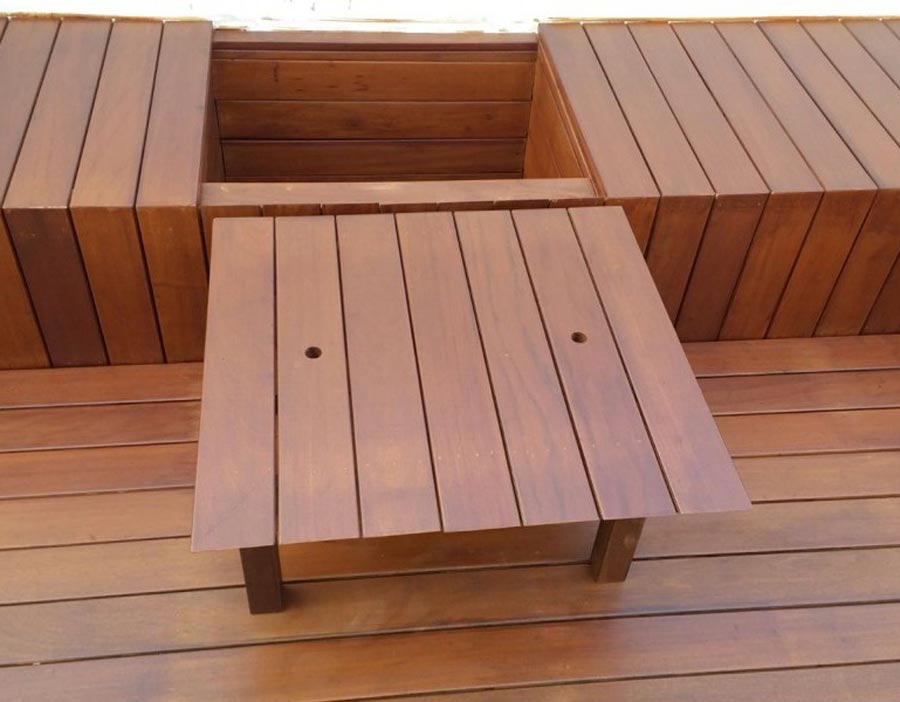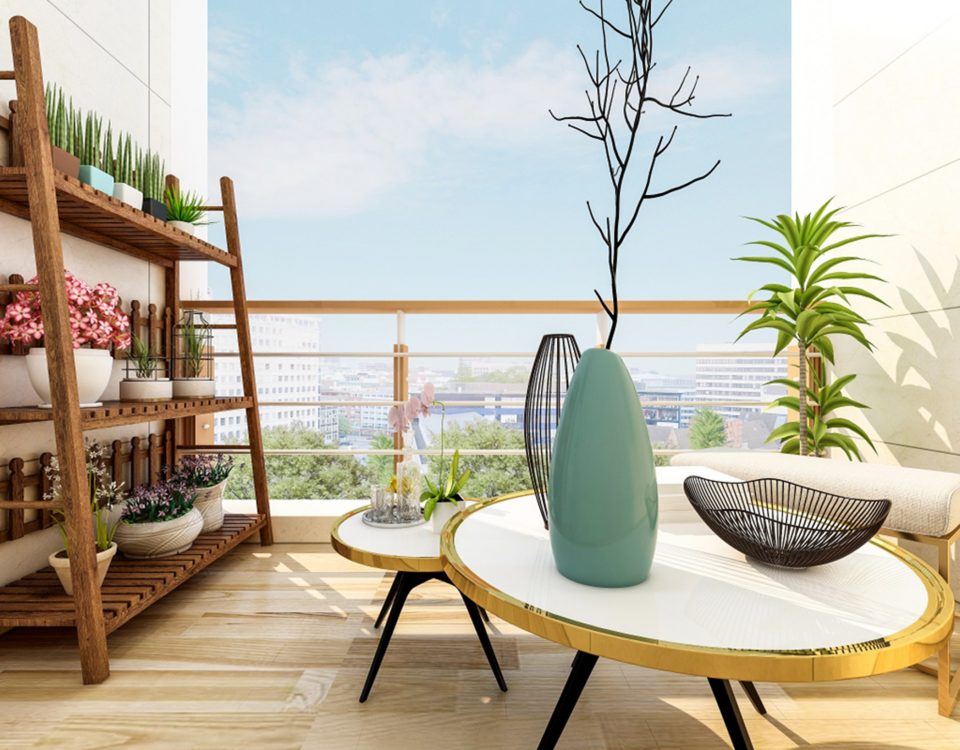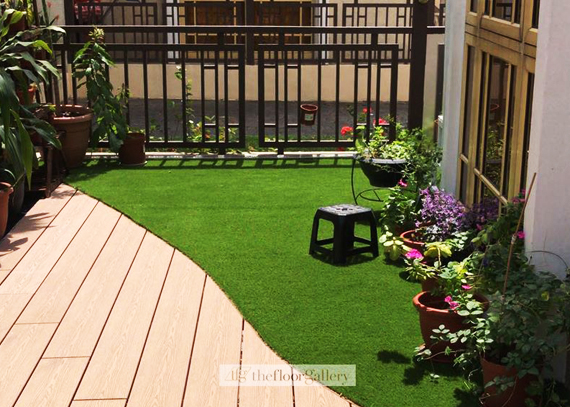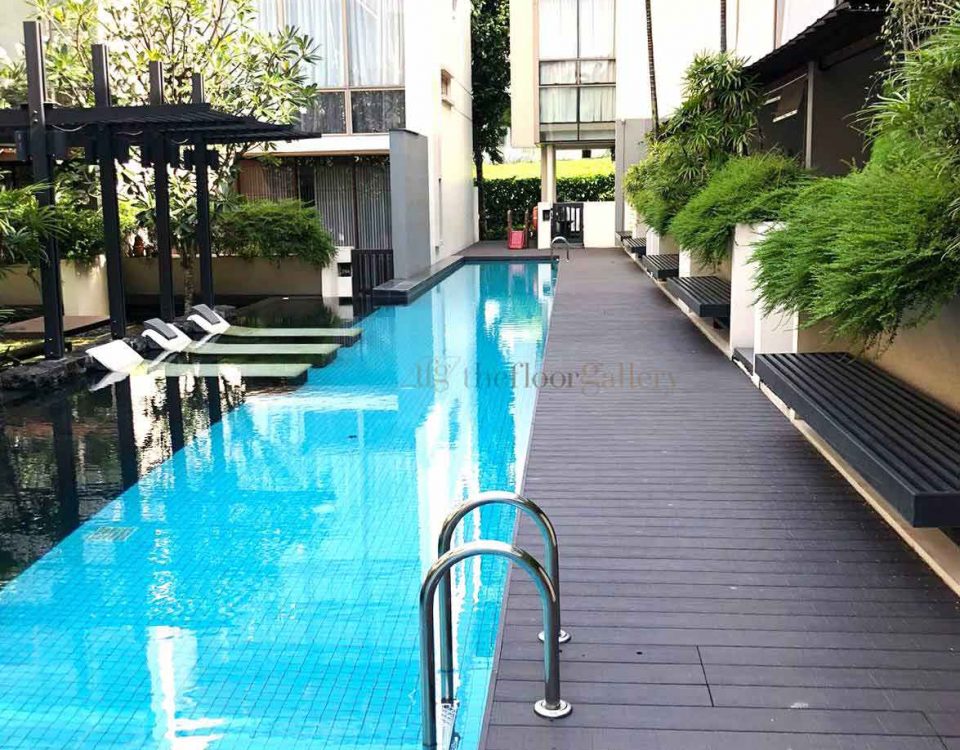Singapore Estate Homes’ Favorite Choices in Outdoor Decking

Owners of Singapore estate homes display some of the world’s most impeccable tastes in design. Among both private and public estates alike, families increasingly prize a spacious balcony, planter or deck area for the inviting comfort of their guests and just generally unwinding after a long day. With this taste in cozy outdoor living space, comes several discerning taste in decking materials.
More often than not, homeowners across Singapore favor three distinctive types of decking to cover their scenic balconies…
- Natural Wood
Attap houses especially commonly feature natural-wood decks, usually fashioned from the same Chengal timber traditionally used at sea to construct sturdy kelongs. However, Chengal is far from the only choice. Singapore as a whole tends to favor common tropical hardwoods such as Balau and Teak, though the hard-surfaced – and aptly named – iron woods have gained popularity among the decking industry.
Though sturdy and attractive overall in their natural beauty, the maintenance demands of natural-wood decking puts many homeowners off, since it requires thorough touch-ups at least once and possibly twice a year. The combined realities of a frequent tendency to splinter and limited local resources for repairs are also major disadvantages worth taking into account.
Matured 80-year-old Chengal trees do not grow nearby in abundance, nor several iron wood species. The higher water content of younger Chengal or iron wood lumber some contractors may recommend can lead quickly to structural weaknesses that both quickly deteriorate the deck and soon create safety hazards. At the same time, heavy traffic quickly takes a toll on overly soft pine and Balau lumber.
They’re valuable additions to any home, provided they’re well cared-for and within the homeowner’s price range and threshold for ongoing maintenance, but natural-wood decks can be major investments of both money and time that some homeowners just don’t consider to be worth it.
- Eco-Wood Decking
One of the biggest differences between natural-wood decking and eco-wood lies in the latter’s considerably more sustainable resources that allow it to be sold at lower cost and in higher volumes. Bamboo, rubber trees and pinewood are all processed and refined into finished composite products that afford Singapore homeowners the luxury of fine, sturdy decking without imposing a tax on our country’s environment.
- Eco-wood’s need for regular staining in order to best protect from invasive elements, pests, rot, mold and fungus is comparable to that expected for a natural-wood deck. Bamboo and pinewood in particular are softwoods especially prone to surface scratches and indentations that many eco-wood manufacturers refuse to cover. It’s a good idea before choosing to build with eco-wood to research the safety records of their respective adhesives that hold their layers together.
- Wood Composite Decking
Finally, we come to the Singapore residential decking industry’s most recent cost-effective trend: wood composite decking. Environmentally conscious decking manufacturers worldwide have soundly embraced any product that reduces tolls taken on renewable natural resources. That especially includes these materials of blended wood or cellulose fibers and plastics or polyurethane. What’s more, their partially synthetic makeup takes great effort out of mass production, making wood composite decking the industry’s most widely available decking.
With so many manufacturers around, shopping around especially for heat and UV resistant composites is key, especially when there’s a chance to find an eco-wood composite mostly comprised of natural wood-imitating flour. Of all the varieties, eco-wood composite decking best resists heat and UV penetration, thanks to properties most closely resembling those of pure, natural wood. Best of all, eco-wood decking happens to be 100% recyclable, splinter-free, and about as low-maintenance as deck materials get, making it easily Singapore’s most cost-effective decking choice.




